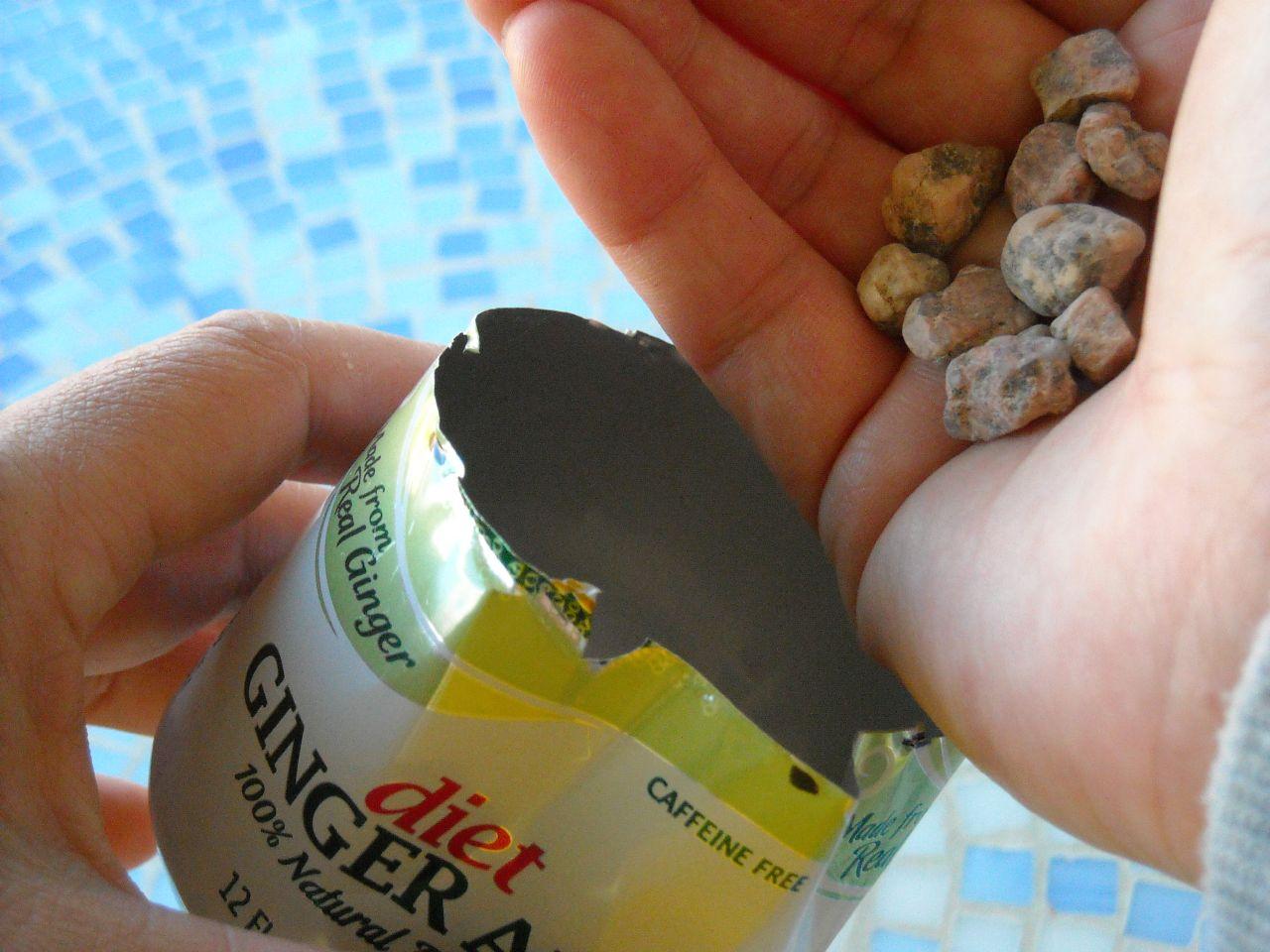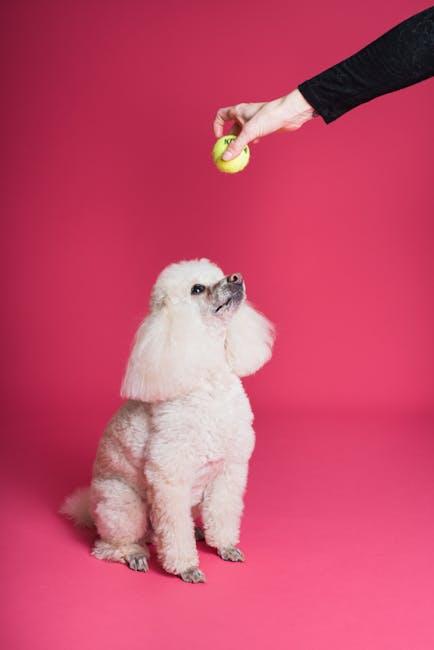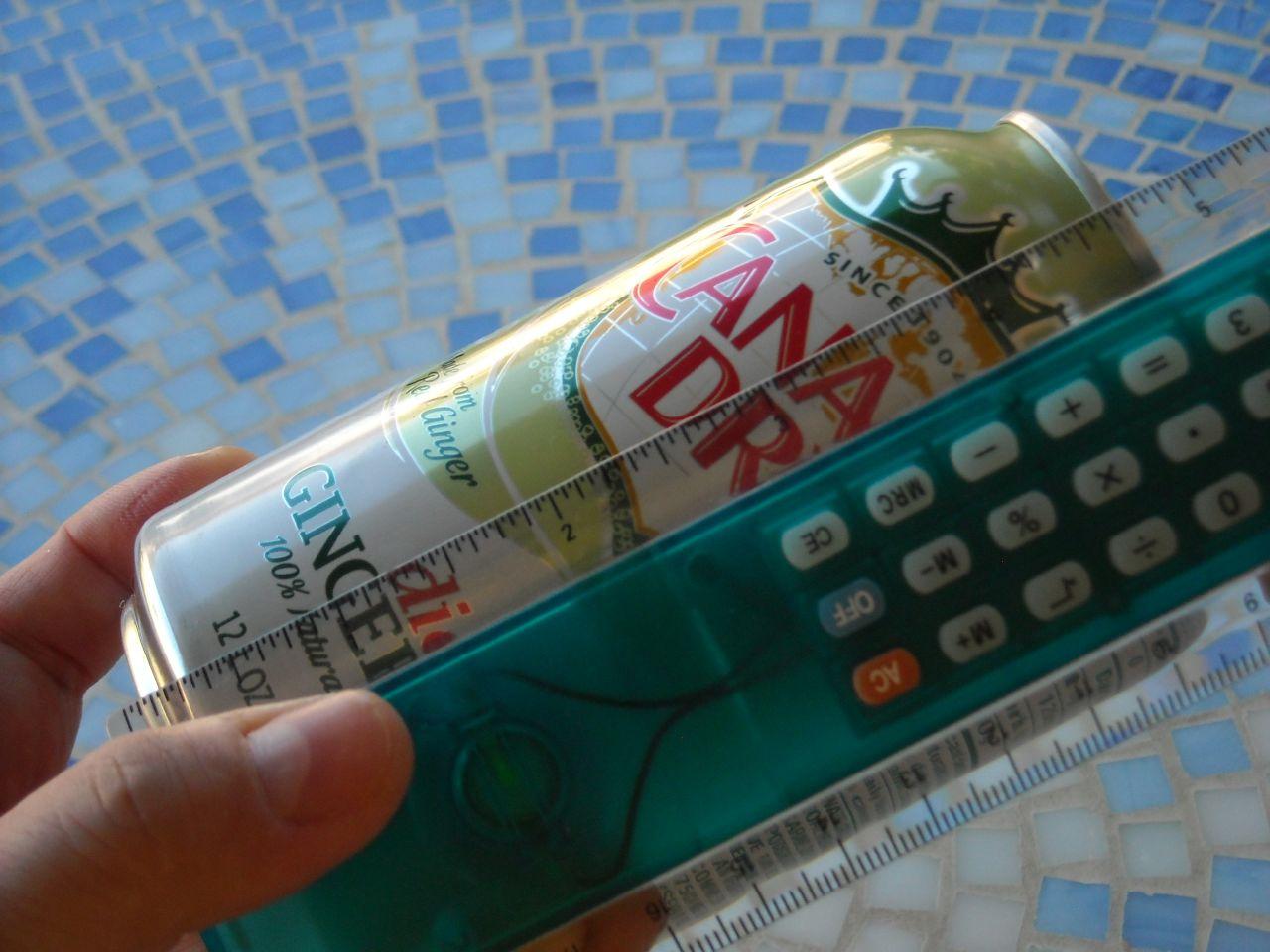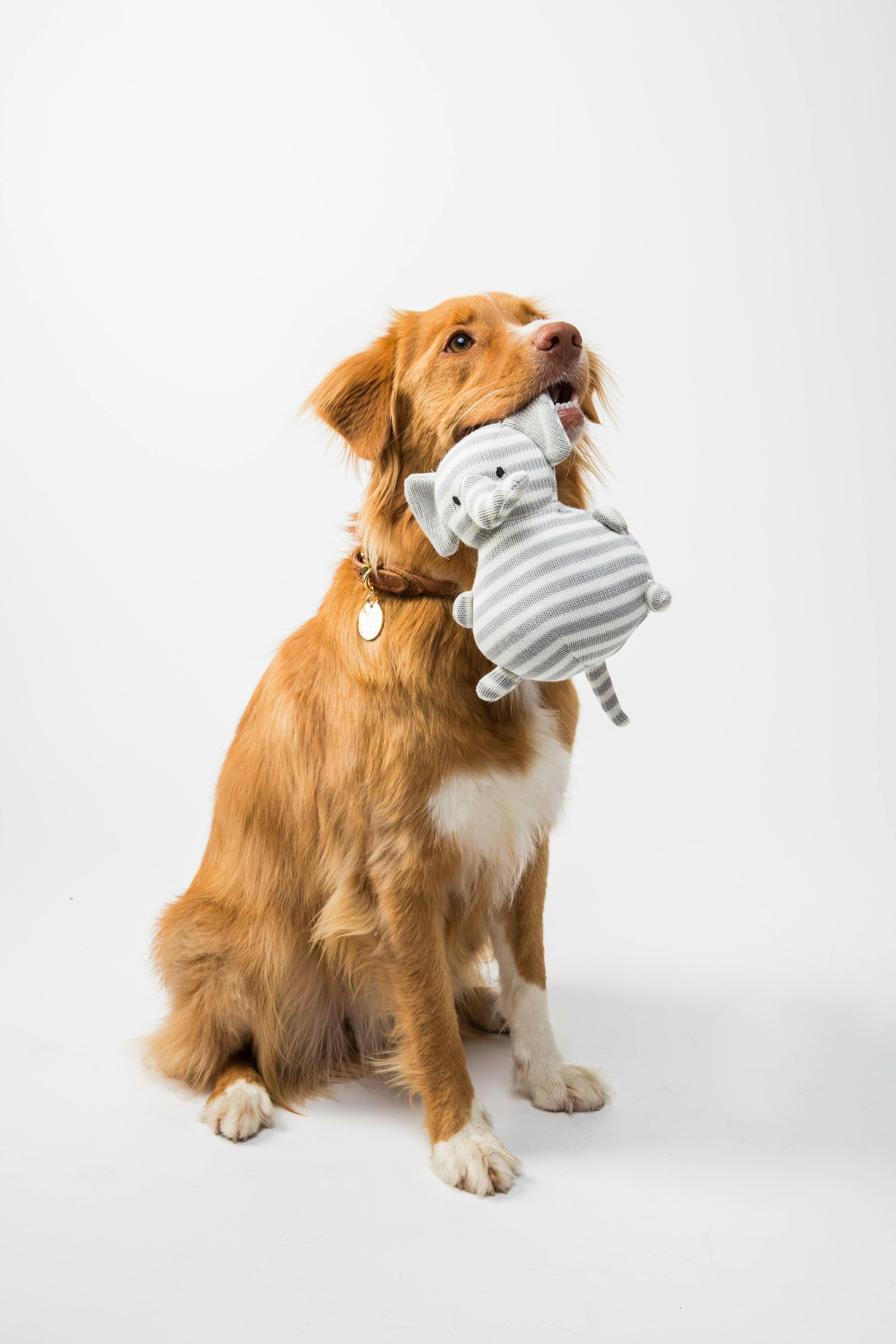How to train your dog to ignore distractions at the dog park

Navigating a bustling dog park can be both an exciting and overwhelming experience for your canine companion. With a myriad of sights, sounds, and smells vying for their attention, maintaining focus can be a challenge. Teaching your dog to ignore distractions in such an environment is not only beneficial for their safety but also enhances their overall behavior and responsiveness. In this article, we will explore effective strategies and techniques to train your dog to remain attentive amidst the chaos of a dog park. By following these guidelines, you can help your furry friend develop the discipline needed to enjoy their outings while maintaining control and ensuring a positive experience for both of you.
Understanding Your Dogs Triggers and Reactions
Understanding what sets your dog off is crucial when it comes to training them to stay focused, especially in environments bustling with stimuli like a dog park. Dogs, much like humans, have specific triggers that can lead to overexcitement or anxiety. Identifying these triggers can be the first step in helping your furry friend learn to manage their reactions.
- Observe and Identify: Pay attention to what catches your dog’s attention or causes them to lose focus. Is it other dogs, loud noises, or perhaps certain people?
- Gradual Exposure: Once you’ve identified the triggers, gradually expose your dog to them in a controlled manner, rewarding calm behavior with treats or praise.
- Consistency is Key: Consistently reinforce desired behaviors during walks or playtime to strengthen their ability to ignore distractions.
By recognizing and understanding these elements, you can tailor your training approach to suit your dog’s individual needs, paving the way for a more enjoyable and controlled experience at the park.

Effective Techniques for Building Focus and Attention
Training your dog to maintain focus amidst the myriad distractions of a bustling dog park can be challenging but rewarding. Begin by establishing a strong foundation of basic commands like sit, stay, and come in a quieter environment before introducing them to the park. This ensures your dog understands the expectations clearly. Once at the park, gradually increase exposure to distractions, rewarding your pup with treats or praise for maintaining attention. Consistency is key, so practice regularly and be patient as your dog learns to filter out distractions.
- Start with short sessions: Begin with brief visits to the dog park, gradually increasing the duration as your dog becomes more comfortable and attentive.
- Use high-value rewards: Choose treats or toys that your dog finds particularly motivating to encourage focus.
- Incorporate play breaks: Allow your dog to engage with their surroundings as a reward for attentive behavior, which helps balance training with fun.
- Practice impulse control: Use exercises like “leave it” or “look at me” to reinforce the importance of maintaining attention despite distractions.
By implementing these strategies, you’ll help your dog develop the focus needed to enjoy the dog park without being overwhelmed by distractions.

Implementing Gradual Exposure and Controlled Environments
Training your dog to stay focused in a bustling dog park can be challenging, but by utilizing gradual exposure and controlled environments, you can significantly improve their ability to ignore distractions. Begin by introducing your dog to less stimulating settings, such as a quiet corner of the park during off-peak hours. This allows them to become accustomed to the sights and sounds without being overwhelmed.
As your dog becomes more comfortable, gradually increase the level of distraction by moving closer to busier areas. During this process, make sure to employ positive reinforcement techniques to reward your dog for maintaining attention. Consider incorporating the following methods into your training:
- Short Training Sessions: Keep initial sessions brief to prevent overstimulation and ensure your dog remains engaged.
- High-Value Treats: Use special treats that your dog loves but doesn’t get regularly, making it worth their while to focus on you.
- Consistent Commands: Use clear and consistent commands to reinforce desired behaviors, ensuring your dog understands what is expected.
By steadily increasing the complexity of the environment while maintaining control, you create a structured learning experience that helps your dog learn to tune out distractions naturally.

Reinforcing Positive Behavior with Consistent Rewards
To effectively teach your dog to stay focused amidst the myriad of distractions at the dog park, employing a strategy of consistent rewards can make a world of difference. The key is to reinforce positive behavior by offering rewards immediately after your dog exhibits the desired action. Positive reinforcement is a powerful tool in shaping behavior, and when done consistently, it helps your dog associate good behavior with pleasant outcomes. Consider using a variety of rewards to keep your dog engaged and motivated. Here are some effective types of rewards:
- Treats: Small, tasty treats are excellent for quick rewards and are easy to carry in your pocket.
- Verbal Praise: A simple “good job” or ”well done” can be surprisingly effective, especially when combined with a happy tone.
- Physical Affection: A pat on the head or a belly rub can serve as a comforting reward for your dog.
- Playtime: Brief play sessions with a favorite toy can reinforce good behavior while also giving your dog an outlet for energy.
Consistency is crucial; ensure that the rewards are given every time your dog successfully ignores a distraction. Over time, your dog will learn that maintaining focus leads to positive experiences, making it easier to ignore the hustle and bustle of the dog park. Remember to gradually decrease the frequency of treats as your dog becomes more adept at ignoring distractions, shifting towards verbal praise and affection to maintain the behavior.



